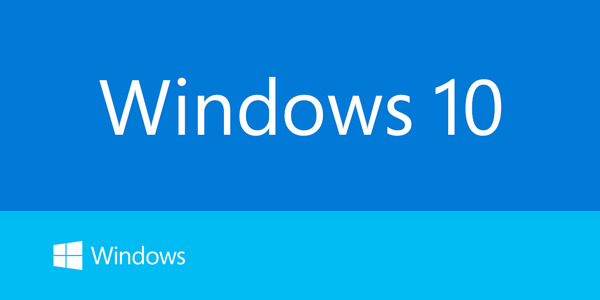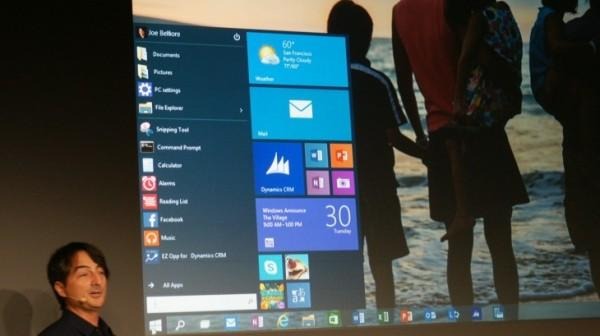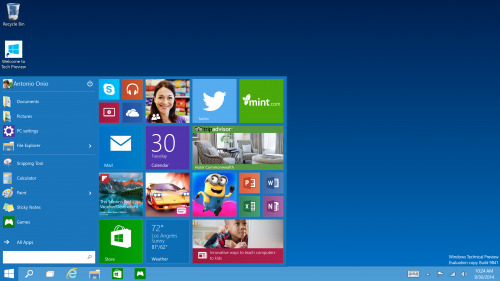Nine things to know about Windows 10
Microsoft threw us all a bit of a curveball today, announcing Windows 10 rather than the assumed Windows 9 moniker. There doesn't seem to be a reason for this naming scheme, either. Since we're playing toss with Redmond, here are nine things you need to know about Windows... 10.Mobile is supported, too: Yes, Windows 10 will come to your mobile device. Though what we saw today was heavily skewed towards enterprise and the tried-and-true keyboard-and-mouse setup, Windows 10 is also going to be your mobile OS. It will have a different look and feel (more on that in a minute), but it's still Windows 10.Coming late 2015: Windows 10 will officially launch in late 2015, though a specific timeframe isn't noted. A preview is available from tomorrow on, but that's very early stuff, and very much nt for the average consumer.Consumers will get it, too: Though Windows 10 has been given a strong enterprise angle, it's not only for your workplace. Windows 10 is coming for everyone, don't worry.

It's Windows 7-plus, or something like that: Microsoft was keen to point out that Windows 10 was like Windows 7. A lot. Though it will have some windows 8 touches, like apps that can be pinned to the start menu, it's being billed as though Microsoft would like to simply forget about Windows 8. We kind of would, too.Start menu is coming back: Yeah, this is why we'd like to forget about Windows 8. Though it was good for mobile, Windows 8 on the desktop was a mess without a search menu. It wasn't intuitive, and likely caused many people to move away from Windows 8. With Windows 10, the start menu comes back, bringing us a sense of familiarity.Stronger start menu: Not only is the start menu coming back, it's getting awesome. You can search the web or your desktop right from the start menu this time around, which is a nifty time saver. You'll also be able to pin apps to the start menu, which is great for those go-to apps you use all the time. Start isn't just coming back, it's going to be your Windows hub.

Power users will love it: Windows has always been decent for power users, but Windows 10 is great for them. Things like being able to snag an app from another desktop are great, which is something Microsoft calls "snap assist". You can even switch desktops altogether if you like, and have each desktop running multiple apps. A new task view lets you see al the things you're working on. Though both are very Apple-y, they're great for power users, and Windows 10.Touch is different: We saw a lot to do with desktop, but when you migrate into a touch interface, Windows 10 gets a lot more like Windows 8. The interface changes a bit with touch, which takes effect when you switch your input methods. While it's early days for Windows 10, and it's not totally clear just how this will work, we've got a scenario in mind.
Think of a laptop like the Yoga 2 Pro. You have it in desktop mode, and Windows 10 is one way – start menus and such. Flip it into stand or tablet mode, and you get a different, more touch-friendly interface. That could be why Microsoft is essentially building multiple UIs into one OS this time around — those experiences are different.

It's Windows 10 because...: There was no reason given for the naming on this one. They skipped Windows 9, and the only explanation for calling Windows 10 Windows 10 was that once we see it in action, we'll agree that it's the right name. What?
So, there you have it, everyone. Nine takeaways from today's announcement. We've still got a long way to go with Windows 10, but it's already looking like a decent iteration for Microsoft to make, and likely necessary, considering the slipping PC business.
